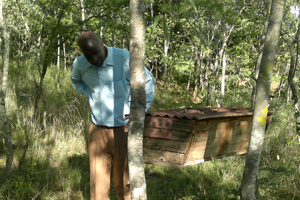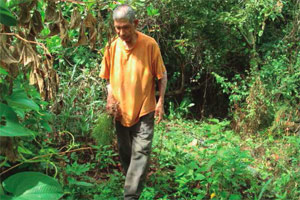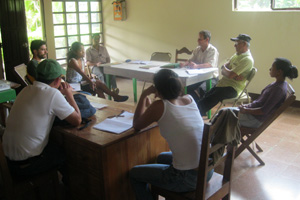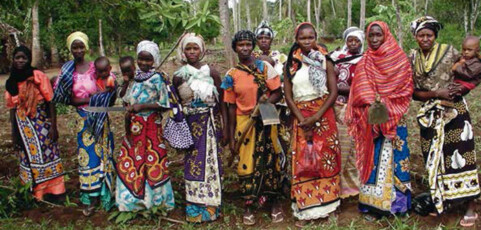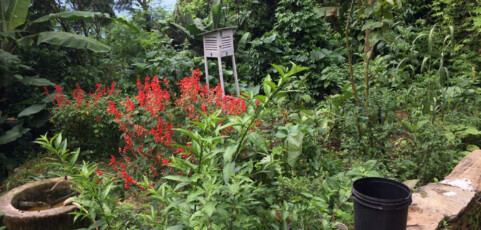Community Markets for Conservation (COMACO) has helped people address the challenges of food insecurity and environmental degradation while conserving wildlife and other natural resources. COMACO is one of the few programs that operate at the scale of an entire ecosystem—contributing to increased wildlife numbers, better protected habitats, improved food security, and better incomes.
This case study was produced by the Oakland Institute. It is copublished by the Oakland Institute and the Alliance for Food Sovereignty in Africa AFSA). A full set of case studies can be found at www.oaklandinstitute.org and www.afsafrica.org


